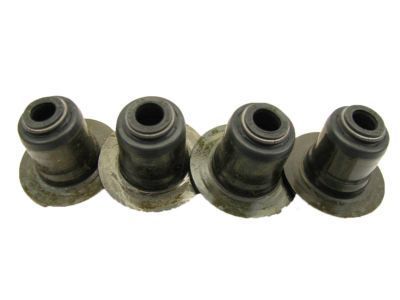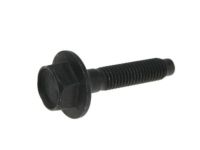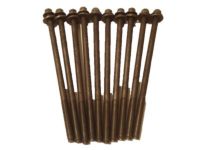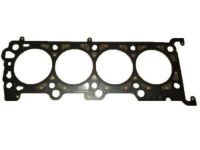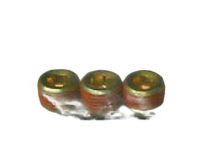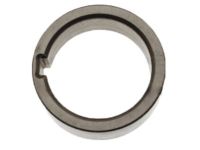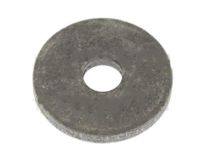The valvesprings may become broken and the valve stem seals may be worn out and can be replaced while the cylinder heads remain in the engine, it only needs two special tools and a Air Compressor. However, if compressed air is unavailable, then it is possible to tie the valves with a nylon rope so that they do not drop into the cylinder. Starting this step by disconnecting the valve cover of the cylinder head or head or heads and in case all the valve stem seals are being to be renewed, both the covers must be removed. After this, remove spark plug from the cylinder which is affected, and if all seals are to be replaced, make certain that all the plugs have been removed. Slightly turn over the crankshaft to bring the piston in the cylinder in question to the TDC position on the compression stroke, and proceed through the firing order commencing with No 1 cylinder. A thread an adapter into the spark plug hole, then attached an air hose to a compressed air supply. The bolt, fulcrum, and rocker arm for the defective valve should be taken out and so also should be the pushrod. Attach compressed air to the cylinder in which the valves are supposed to be arrested; otherwise, the valves may be arrested by placing the piston about forty-five degrees before TDC and inserting nylon rope through the combustion chamber. Clean parts with shop rags so that they do not fall into the engine, and to compress the valve spring you require a valve spring compressor to remove the keepers. Should air pressure not be enough to keep the valve shut, the valve face or seat may get damaged, to be dealt with by having to get the cylinder head off. Then you need to immobilize the valve stem for instance by wrapping it with a rubber band or the tape before deflating the tire. Check up the stem of the valve for any sign of wear and ensure that it slides effortlessly in its guide. Use compressed air to maintain the valve shut, grease the valve stem, and fit a new guide washer. Place the spring over the valve, put in the retainer, compress the spring, and place the keepers and apply grease to prevent slipping of the keepers. Take off the pressure from the spring tool then, release the air hose then, take off the adapter. Last, place back the rocker arms and pushrods along with the spark plugs and the valve covers, start the car to inspect any oil leaks or abnormal sounds.
Posted by FordPartsGiant Specialist 

